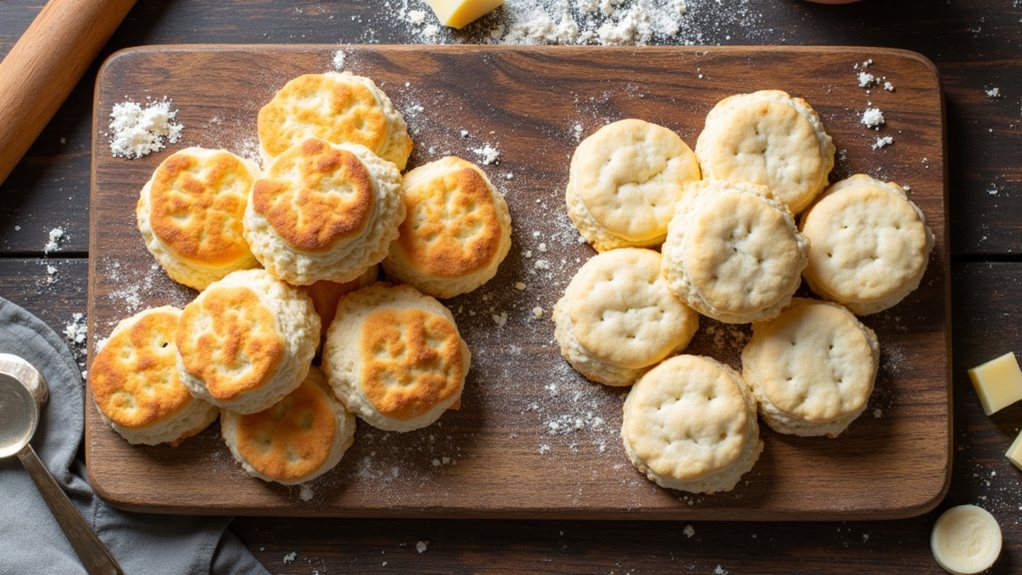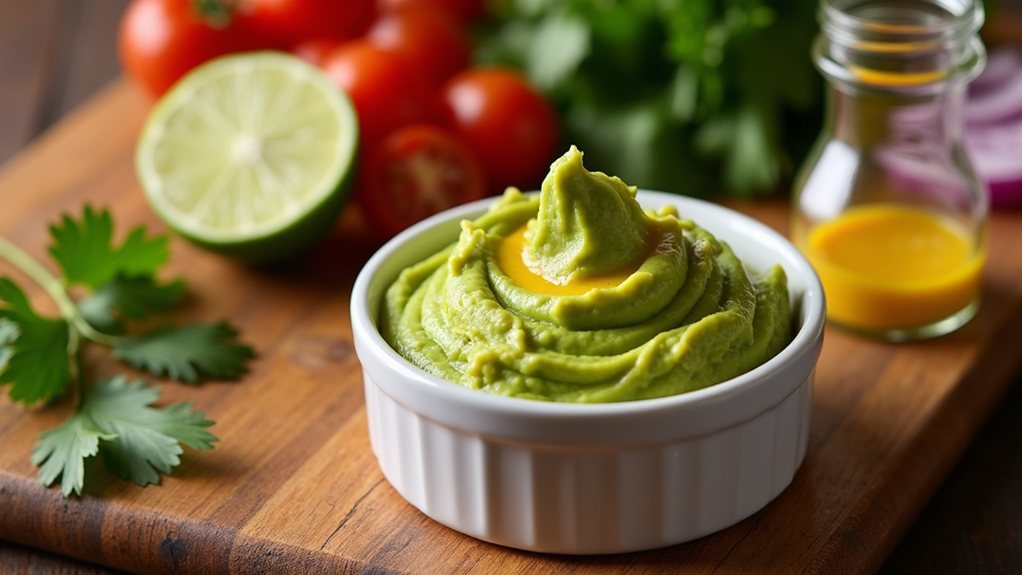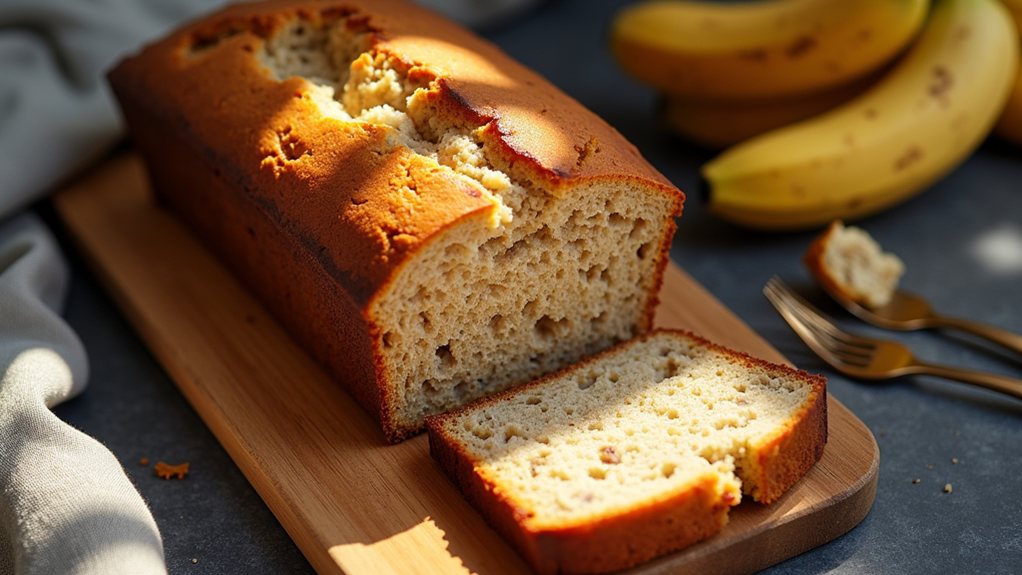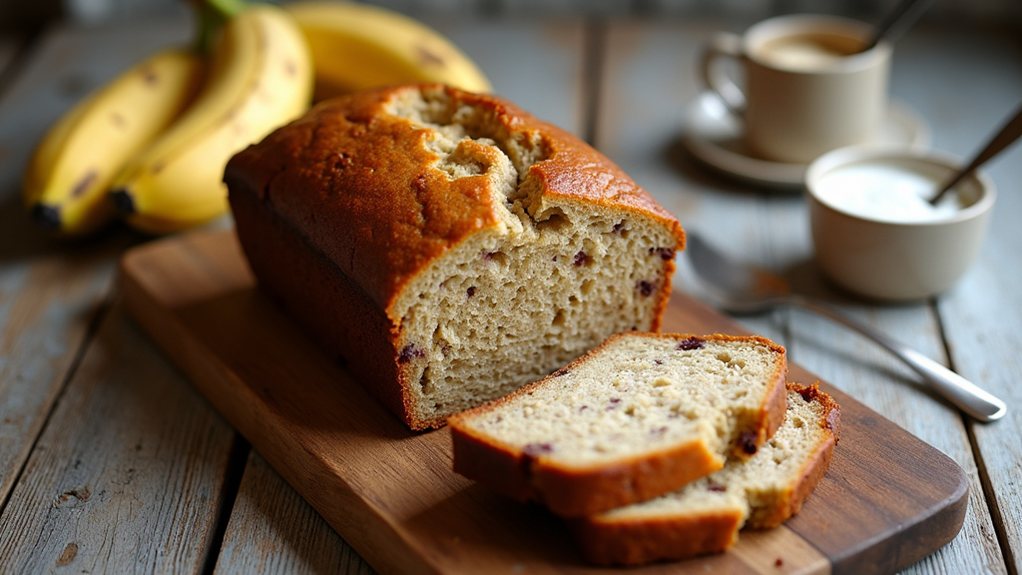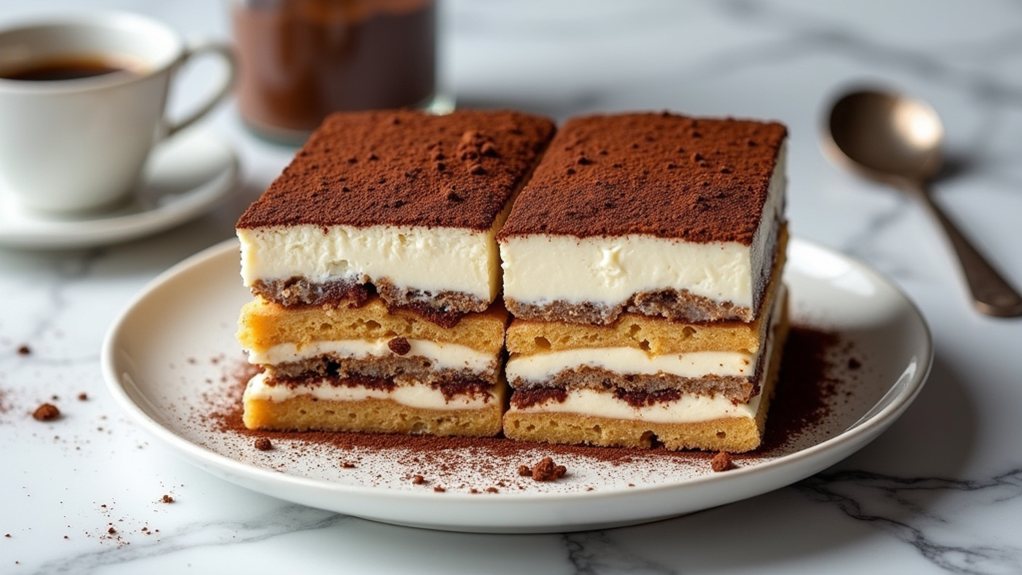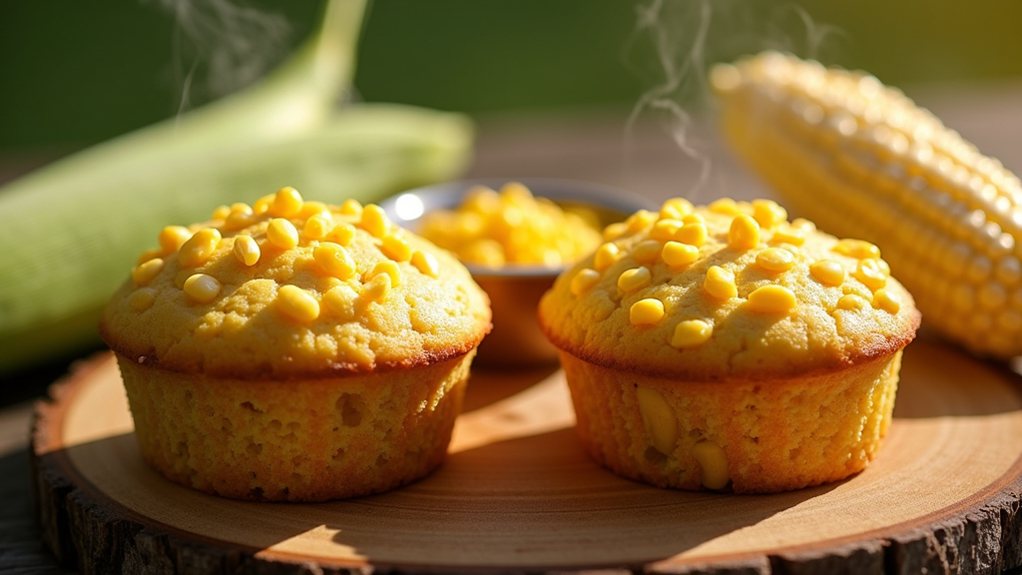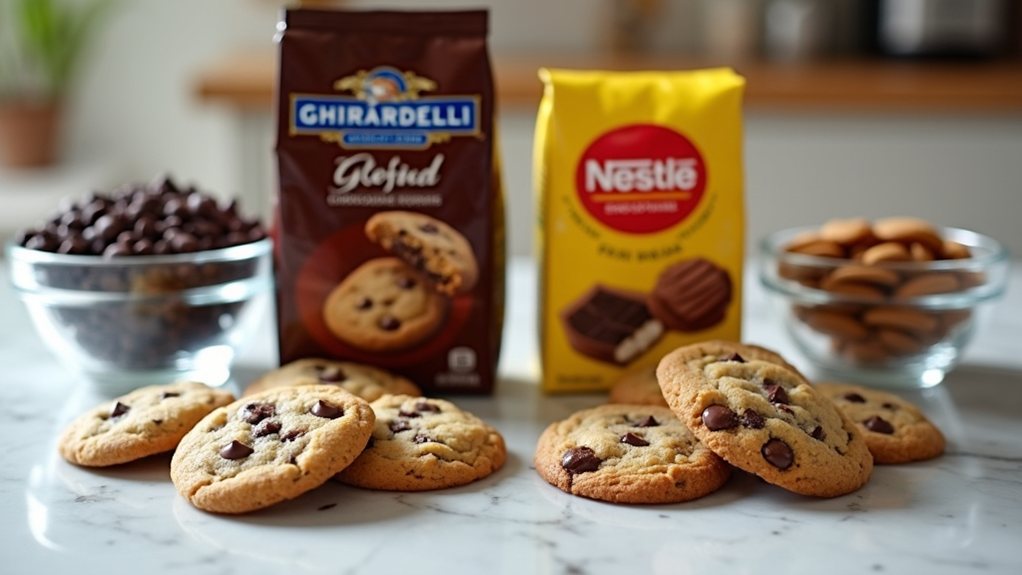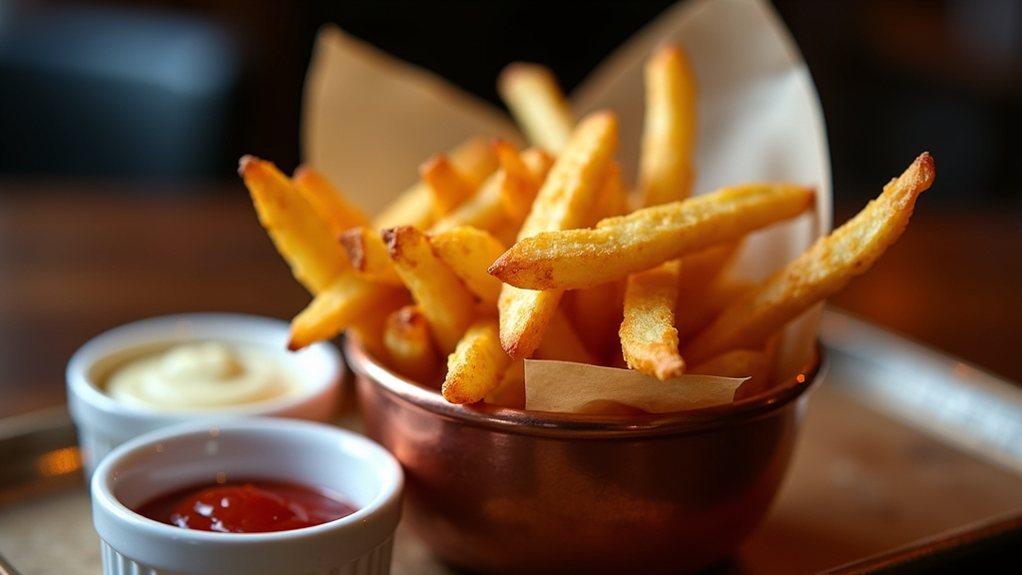Biscuit-making, while seemingly simple, often results in flat disappointments for home bakers. The science behind these failures reveals a delicate balance of temperature, ingredients, and technique that must align perfectly for those prized, fluffy layers. Many cooks unknowingly sabotage their efforts through common mistakes, from using room-temperature butter when cold is required, to overworking the dough until gluten develops. Understanding these pitfalls transforms biscuit disasters into consistent successes, and the solutions might be simpler than expected.
The Science Behind Biscuit Failures
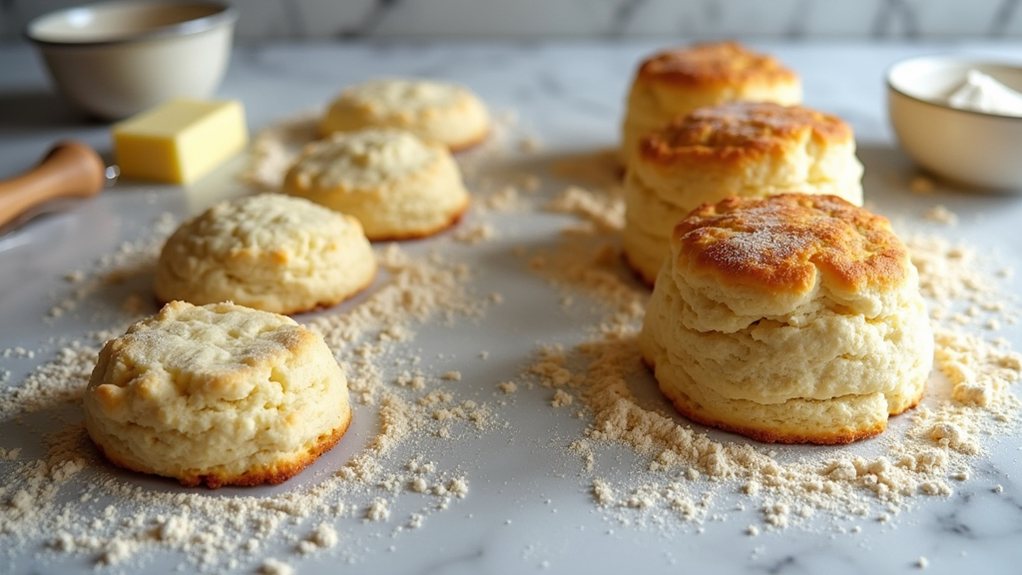
Many home bakers encounter frustrating setbacks when attempting to create the perfect batch of biscuits, often wondering why their creations don’t match the golden, fluffy ideals seen in cookbooks. The culprits behind flat, dense biscuits typically involve temperature issues, ingredient selection errors, and improper handling techniques that sabotage the desired results before the dough even enters the oven.
Temperature control plays an essential role in successful biscuit baking, with inadequate oven heat preventing proper rise and leading to disappointingly flat outcomes. Using butter that’s too warm causes biscuits to spread rather than rise vertically, while failing to chill the dough adequately allows premature butter melting. Proper binders like a high-quality flour such as White Lily flour with low protein content prevent excessive gluten formation that toughens biscuits. Much like monitoring oven temperature when baking pomegranate bread, using an oven thermometer ensures accuracy and contributes to consistent results. Frequent oven door opening further disrupts the consistent temperature needed for best rise, creating an environment where success becomes nearly impossible.
Temperature is the silent architect of biscuit structure—manage it poorly, and you’ll watch your hopes for height collapse before your eyes.
Ingredient selection likewise impacts biscuit quality in numerous ways. The wrong flour type, substituting regular milk for buttermilk, or using expired leavening agents can dramatically affect texture and height. Inadequate testing of your leavening agents before baking can result in flat biscuits even when following a recipe perfectly. Excessive fat content causes unwanted spreading, while incorrect sugar types affect browning and total texture, resulting in biscuits that miss the mark despite careful preparation. Similar to how rendered bacon fat can enhance flavor in various recipes, collecting and utilizing the right fats in biscuit making can significantly improve your baking results.
Mixing techniques represent another common pitfall, as overmixing activates gluten and produces tough results, while undermixing leads to uneven texture and inconsistent bakes. Using electric mixers often overworks the dough, and even warm hands can transfer enough heat to melt vital butter pieces that create the desired flaky layers.
Dough handling mistakes, particularly twisting cutters rather than using straight up-and-down motions, seal the edges and prevent proper rise. Reusing dough repeatedly or overworking scraps toughens the mixture, while incorrect dough thickness affects final height. Even baking sheet layout matters, as biscuits placed too far apart rise less effectively than those positioned with sides nearly touching.
Understanding these common errors helps bakers troubleshoot their techniques and make meaningful adjustments. With attention to temperature, ingredients, mixing methods, and proper handling, home bakers can transform disappointing flat discs into the tall, flaky, golden biscuits they’ve been working to create.
